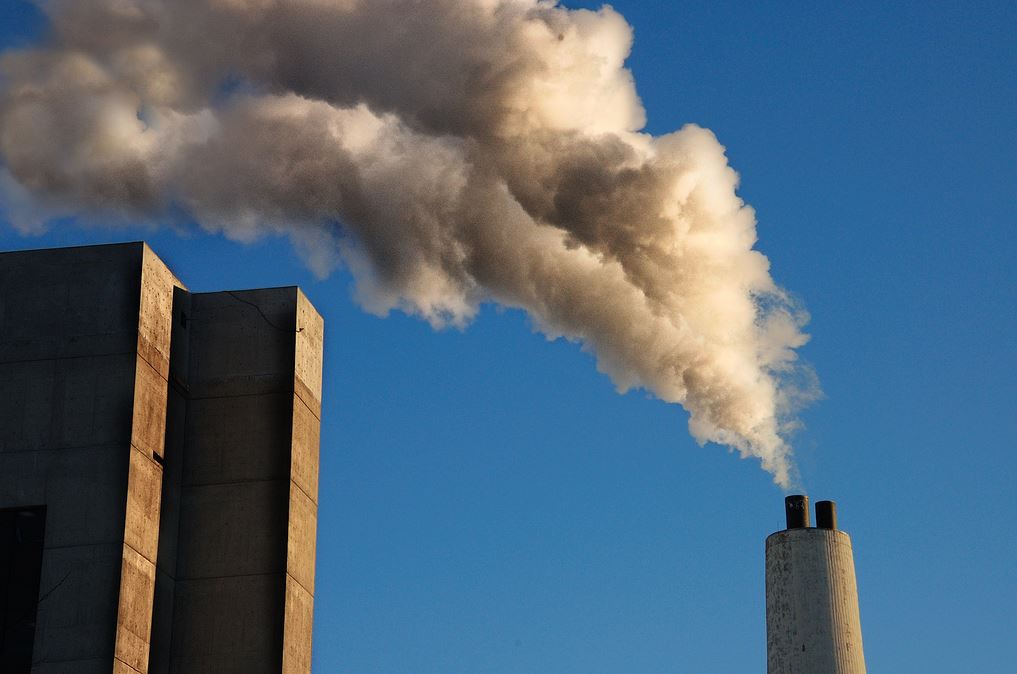It’s often debated whether or not carbon dioxide should be classified as a pollutant. While it meets the legal definition, carbon dioxide also has many important and even beneficial effects. Let’s break the issue down…
What Makes Something a Pollutant?
Under the US Clean Air Act, a pollutant is defined as any type of chemical, physical, biological, or radioactive substance that is introduced into the surrounding, ambient air.
This is obviously a little too broad of a definition; this is why the EPA publishes a list of harmful pollutants, that can reasonably be expected to put public welfare or health at risk. Greenhouse gases (including carbon dioxide) meet this definition, so technically, CO2 is a pollutant.
Greenhouse Gases and Global Climate Change
In 2007, the Supreme Court upheld the EPA’s authority to regulate the emissions of greenhouse gases (from vehicle tailpipes and other sources).
This means that, under current laws, CO2 is classified as a harmful air pollutant. This presents a bit of a difficult situation, as carbon dioxide is also an essential element of life on this planet.
The EPA’s goal is to strike a better balance, limiting the combustion of fossil fuels where they can. It’s understandable, because it’s primarily through the use of fossil fuels that we as humans have raised CO2 emissions by over 40% since the Industrial Revolution.
CO vs CO2
Carbon dioxide is closely related (only a molecule away, in fact) to a much more dangerous airborne pollutant, carbon monoxide. Let’s look at a few of the differences:
CO (Carbon Monoxide)
- Doesn’t occur naturally
- Generated by engines that do not utilize a catalytic converter
- Most common cause of fatal poisonings worldwide
CO2 (Carbon Dioxide)
- Occurs naturally, as a byproduct of breathing, fermentation, and other chemical reactions
- Created by engines that do use catalytic converters
- Poisoning is very rare, but can occur
As you can see, CO2 is a pollutant, but the issue has more shades of gray than you might think. Although it’s not as dangerous as other closely-related pollutants (as we’ve examined in the toxicity levels of CO vs CO2), carbon dioxide still meets the current EPA definition of a harmful pollutant that must be regulated.
